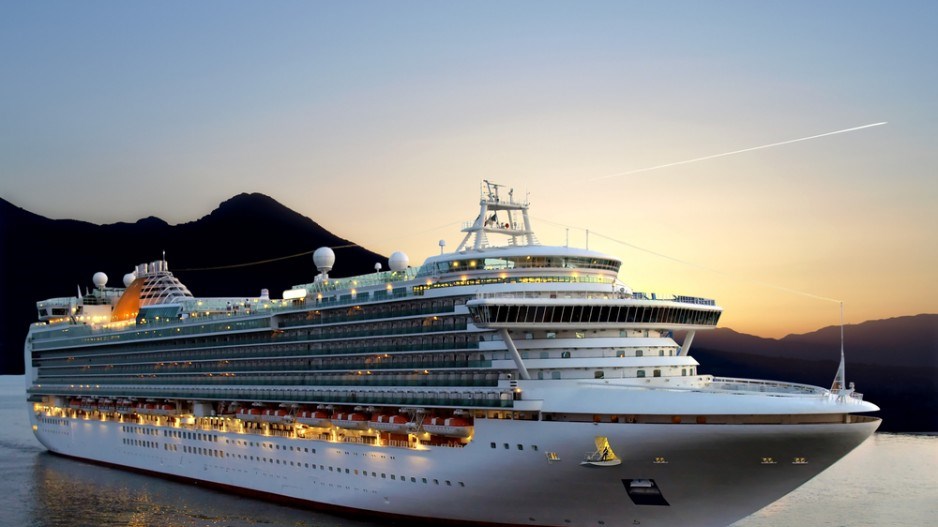Canada’s tourism industry doesn’t seem to be on vacation as spending by international visitors grew 4.3% in the first quarter of 2016, the largest increase since 2010. Tourism spending totalled 20.6 billion dollars, up 1.1% from the end of 2015.
Tourism spending increased for the twelfth consecutive quarter, mostly through more visits from international tourists. Domestic tourism spending by Canadians was up slightly, and same-day car travel from the United States also increased.
“In this first quarter, we are seeing increases in visitation from all markets that we track. To date, we are up 10.7% over last year," said Lori Janson, Director of Destination Development for Tourism Vancouver. "This is due to a number of factors, including strategic destination sales and marketing, major events and conferences that have played a key role in bringing large volumes of visitors to the city and a strong start to cruise season.”
Tourism spending by Canadians was up only 0.3% following gains of 0.2% in the fourth quarter of 2015. Higher domestic spending on gas, air travel and pre-trip expenditures offset drops in food and beverage services and non-tourism goods and services.
Reports of increased domestic tourism spending is at odds with a CIBC (TSX:CM) poll saying Canadians plan to cut back on spending this summer, particularly on travel. The average Canadian plans to spend 25% less on recreational activities this summer including travel and dining, dropping from $1,766 last year to $1,346 this year, according to the poll.
The low Canadian dollar has provided a boost for international and U.S. tourists, and has encouraged Canadians to vacation domestically.
Spending on food and beverage services sector declined, but the sector experienced job gains of 0.4%. Travel services, recreation and entertainment sectors also saw increased employment. However these gains were mostly offset by job losses in the transportation and accommodations sectors, causing jobs for the entire tourism industry to only increase by 0.2%.




